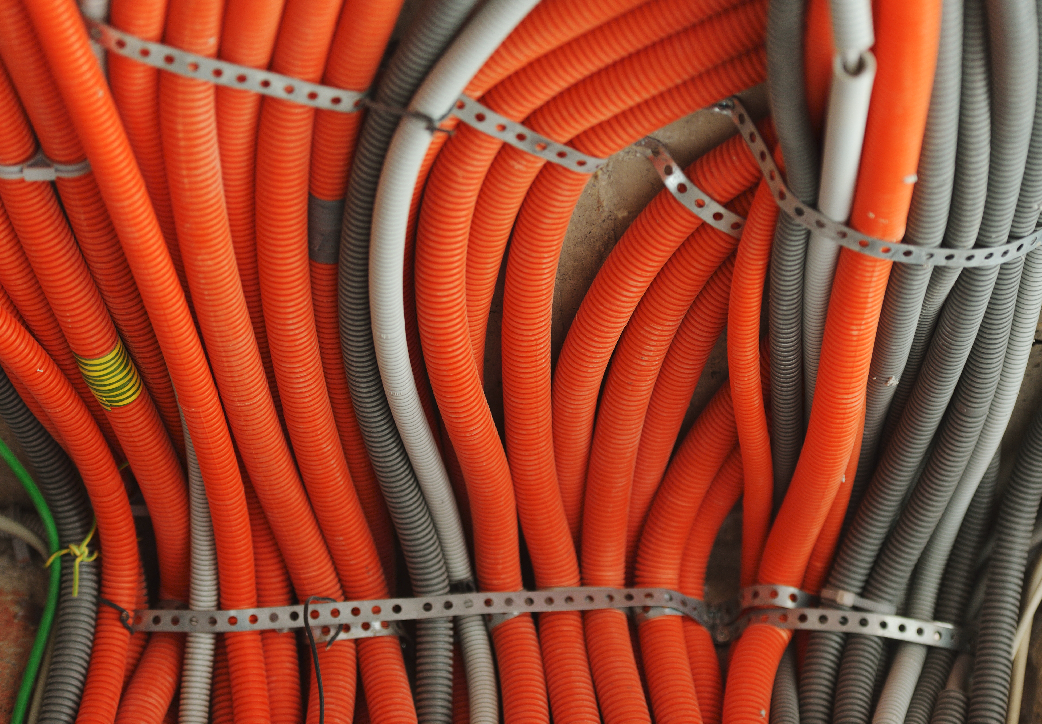

Whether you’ve worked in an industrial setting or you work with big machinery for a living, it’s likely that you’ve come across a bulkhead connector before. These accessories are essential in all kinds of engineering projects. Here are a few important things you need to know about these helpful devices.
What Are Bulkhead Connectors?
A bulkhead connector, technically speaking, is a connector that’s fixed to a bulkhead in one of two ways. The first involves connecting via a single jam nut and the second involves the use of four separate screws. The connector is hardwired on one end and then has a free connector on the other that is used to attach it to another apparatus. This technology is commonly used in combination with wire pass-throughs and vacuum feedthrough connectors. In both engineering and electrical work, these connectors help make the job more efficient and safer for those involved.
How Are Bulkhead Connectors Used?
This technology can be used in a number of different ways. For instance, automotive bulkhead connectors are used to pass through firewalls and go into fuel tanks. When engineers need to pass power through a vacuum-sealed chamber, they’ll use this bulkhead technology to do so. They’re popular among engineers because they allow for the ability to disconnect cables from their chamber and can even help avoid issues with poor sealing or electrical malfunction. Of course, there are some more unconventional uses for this technology, too. For example, bulkhead fittings are often used to make aquarium maintenance more efficient. When connected to the side of an aquarium, bulkhead fittings help drain water out of the tank and make room for cleaning and other tank maintenance tasks. Large liquid containers like barrels or trucks that carry liquid are also often equipped with this technology to make transfer more efficient and safer. Above all else, bulkhead connectors help reduce the risk of spills or loss of power to whatever it is they’re connected to.
Bulkhead technology is all around us, so much so that we might not even notice. From industrial applications to liquid transport, these devices are incredibly important across a large number of industries.



